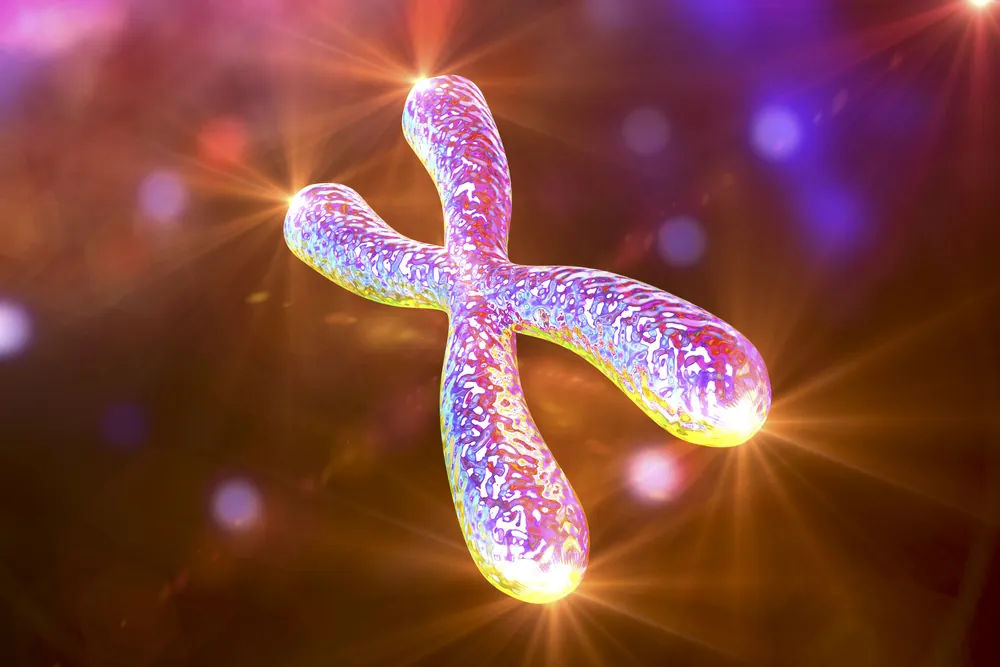A new study published in Aging has shown a link between a reduction in telomerase reverse transcriptase (TERT), the gene that allows for telomere maintenance, and the development of myofibroblasts, cells that are a part of organ fibrosis. It also documents the link between telomere attrition and cellular senescence, two of the hallmarks of aging.

Read More
What’s wrong with myofibroblasts?
Like many other human diseases, fibrosis is caused by a normal process going out of control. Under normal conditions, myofibroblasts play a role in wound healing, and their ability to contract makes them crucial in repairing damaged tissues. Unfortunately, they are also strongly linked to organ fibrosis, as they accumulate scar tissue [1]. As these cells are found in nearly every organ in the body, preventing their overabundance is key in preventing a host of fibrotic diseases.
A straightforward link between telomeres and senescence
Telomerase, which is produced through the TERT gene, is required for stem cells to continue to divide. The expression of telomerase is one of the main differences between stem cells and the somatic (ordinary) cells into which they differentiate.
This cellular research shows that the expression of TERT is directly linked to the repression of two separate genes. The first is the gene CDKN2A, which expresses the senescence marker p16. This comes as no surprise, as telomere attrition has long been known as an upstream cause of cellular senescence.
The researchers found that this relationship was direct and easy to understand. TERT directly binds to the CDKN2A gene promoter, preventing it from being expressed. Therefore, under normal circumstances, cells that are extending their telomeres through TERT do not express the senescence marker p16.
The link between telomeres and fibrosis is less straightforward
The researchers also found that TERT expression also represses the gene ACTA2, which encodes a-smooth muscle actin (aSMA), which is responsible for cells differentiating into myofibroblasts. It does not do this by binding directly to its gene promoter.
Instead, the researchers found that another transcription factor, YB-1, is positively affected by the presence of TERT and negatively affects the expression of ACTA2. However, the researchers also found that knocking down the YB-1 gene did not fully stop the effects of TERT on ACTA2.
Unfortunately, despite their efforts, the researchers did not discern the precise relationship between YB-1, TERT, and ACTA2. Further studies are needed to understand how and why TERT prevents cells from differentiating into myofibroblasts on the biochemical level.
Abstract
Many aging related diseases such as cancer implicate the myofibroblast in disease progression. Furthermore genesis of the myofibroblast is associated with manifestation of cellular senescence of unclear significance. In this study we investigated the role of a common regulator, namely telomerase reverse transcriptase (TERT), in order to evaluate the potential significance of this association between both processes. We analyzed the effects of TERT overexpression or deficiency on expression of CDKN2A and ACTA2 as indicators of senescence and differentiation, respectively. We assess binding of TERT or YB-1, a repressor of both genes, to their promoters. TERT repressed both CDKN2A and ACTA2 expression, and abolished stress-induced expression of both genes. Conversely, TERT deficiency enhanced their expression. Altering CDKN2A expression had no effect on ACTA2 expression. Both TERT and YB-1 were shown to bind the CDKN2A promoter but only YB-1 was shown to bind the ACTA2 promoter. TERT overexpression inhibited CDKN2A promoter activity while stimulating YB-1 expression and activation to repress ACTA2 gene. TERT repressed myofibroblast differentiation and senescence via distinct mechanisms. The latter was associated with TERT binding to the CDKN2A promoter, but not to the ACTA2 promoter, which may require interaction with co-factors such as YB-1.
Conclusion
While this research is clearly in its infancy and we are only beginning to understand the biochemical relationships involved, it already has significant implications for aging research and the development of future therapies. We have known that cells falter due to a lack of telomerase, telomere attrition is linked to cellular senescence, and cancer-resistant mice that overexpress TERT live longer than their unmodified counterparts [3].
However, a link between TERT and myofibroblasts means that any future treatment that affects TERT as part of an anti-senescence strategy may affect organ fibrosis as well. Researchers and biotech companies seeking treatments for organ fibrosis may choose to examine TERT as a potential target, as it is worth studying if a TERT-related gene therapy can possibly be used to effectively treat both fibrosis and diseases related to cellular senescence.
Literature
[1] Pakshir, P., Noskovicova, N., Lodyga, M., Son, D. O., Schuster, R., Goodwin, A., … & Hinz, B. (2020). The myofibroblast at a glance. Journal of Cell Science, 133(13), jcs227900.
[2] Sun, K. H., Chang, Y., Reed, N. I., & Sheppard, D. (2016). a-Smooth muscle actin is an inconsistent marker of fibroblasts responsible for force-dependent TGFß activation or collagen production across multiple models of organ fibrosis. American Journal of Physiology-Lung Cellular and Molecular Physiology, 310(9), L824-L836.
[3] Tomás-Loba, A., Flores, I., Fernández-Marcos, P. J., Cayuela, M. L., Maraver, A., Tejera, A., … & Blasco, M. A. (2008). Telomerase reverse transcriptase delays aging in cancer-resistant mice. Cell, 135(4), 609-622.






